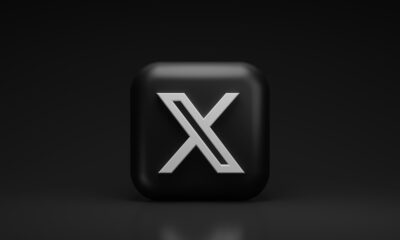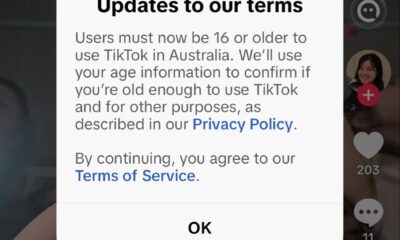Rich lists
SA’s Wealthiest YouTube Channels and What They’re Banking Monthly in 2025

In 2025, South African YouTubers are not just going viral; they are making serious money. What began as homegrown hobby content has grown into a thriving digital economy, with the country’s top creators pulling in monthly earnings that rival established businesses.
So, who is topping the charts, and how are they making their money? Let’s explore the numbers and stories behind South Africa’s richest YouTube stars and what their success means for the future of content creation locally.
Also read: From Red Soil to Boardroom: How July Ndlovu Became One of SA’s Most Successful CEOs
The million-rand club: who is earning the most?
At the top is Ryan Lombard, known as Ryan HD. His relatable school-day skits and comedic takes on family life have earned him over 9.2 million subscribers and more than 6 billion views. According to reliable estimates from Social Blade and The Citizen, he earns at least R988,000 a month and over R11.8 million a year from YouTube revenue alone.
Close behind is Wian, South Africa’s viral magician, with more than 6 million subscribers. His illusion-based content appeals globally and generates approximately R684,500 monthly.
Fitness influencer Noel Deyzel is another major earner. His straightforward gym advice and motivational tips attract nearly 5 million subscribers and bring in over R562,000 per month. Noel’s blend of training content, humour, and branded partnerships clearly pays off.
Kabza De Small, a leading figure in Amapiano music, also commands a significant YouTube presence. His official channel, featuring music videos and live sets, earns an estimated R837,000 monthly.
YouTube earnings 101: how it works in South Africa
To monetise on YouTube, creators need at least 1,000 subscribers and 4,000 watch hours in the past year to qualify for the YouTube Partner Program.
Once eligible, ad revenue is the primary income source. YouTube pays per 1,000 views, with South African CPMs (cost per mille) typically ranging from R18 to R54, depending on the niche. Finance, education, and tech channels tend to earn higher CPMs, while comedy and lifestyle may earn less but often compensate with larger audiences.
But ad revenue is just the beginning. Top creators also generate income through:
-
Brand deals and sponsorships
-
Affiliate marketing and product endorsements
-
Merchandise sales
-
Online courses and channel memberships
For instance, Peter Cilliers of SixPackFactory reportedly earns over R50,000 monthly from ads alone, with additional income from workout programmes and merchandise.
Image 1: ChatGPT
The new wave: creators shaping South Africa’s digital culture
A fresh generation of creators is rising fast. Favikon’s 2025 rankings highlight:
-
Ghost Hlubi (Khanya Hlubi): known for high-energy pranks and vlogs, with over 1 million subscribers
-
Tevin Musara (Superherointraining): blending fitness and heroic feats, with more than 8 million subscribers
-
MacG: host of Podcast and Chill, South Africa’s most-watched online talk show
-
Lasizwe Dambuza: trending again with his Awkward Dates series and unfiltered humour
-
Tyla: Grammy-winning pop star whose behind-the-scenes clips and music videos have over 4 million fans
Even smaller creators with just 10,000 monthly views can earn around R400. Building a loyal audience in niches like finance, fitness, or family content can quickly grow their income into something substantial.
South African social media is watching and weighing in
Fans across the country praise creators like Ryan and Wian as “national treasures” and “the funniest guys online.” Many are inspired to start their own channels or support creators by buying merchandise or subscribing to memberships.
Authenticity resonates strongly. Ghost Hlubi’s fans value his transparency and connection to township life. Noel Deyzel’s audience appreciates his no-nonsense fitness approach. Creators like Superherointraining demonstrate that stylised content can also inspire.
What’s next for South Africa’s YouTube economy?
As YouTube evolves, so does the creator economy. Key trends to watch in 2025 include:
-
Growth in niche channels focusing on wellness, parenting, finance, and spirituality
-
Purpose-driven brand collaborations rather than superficial endorsements
-
Stronger audience loyalty through memberships, merchandise, and live events
-
Continued rise of Joburg-based stars, especially in comedy and music
Whether you are a casual viewer, aspiring creator, or brand, one thing is clear: YouTube is no longer just entertainment; it is a powerful platform for influence, income, and cultural storytelling.
Also read: Africa’s Billionaires Are Richer Than Ever in 2025; Here’s What Changed
Follow Joburg ETC on Facebook, Twitter , TikTok and Instagram
For more News in Johannesburg, visit joburgetc.com
Featured Image: ChatGPT



























